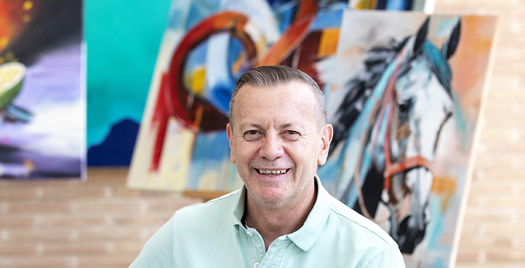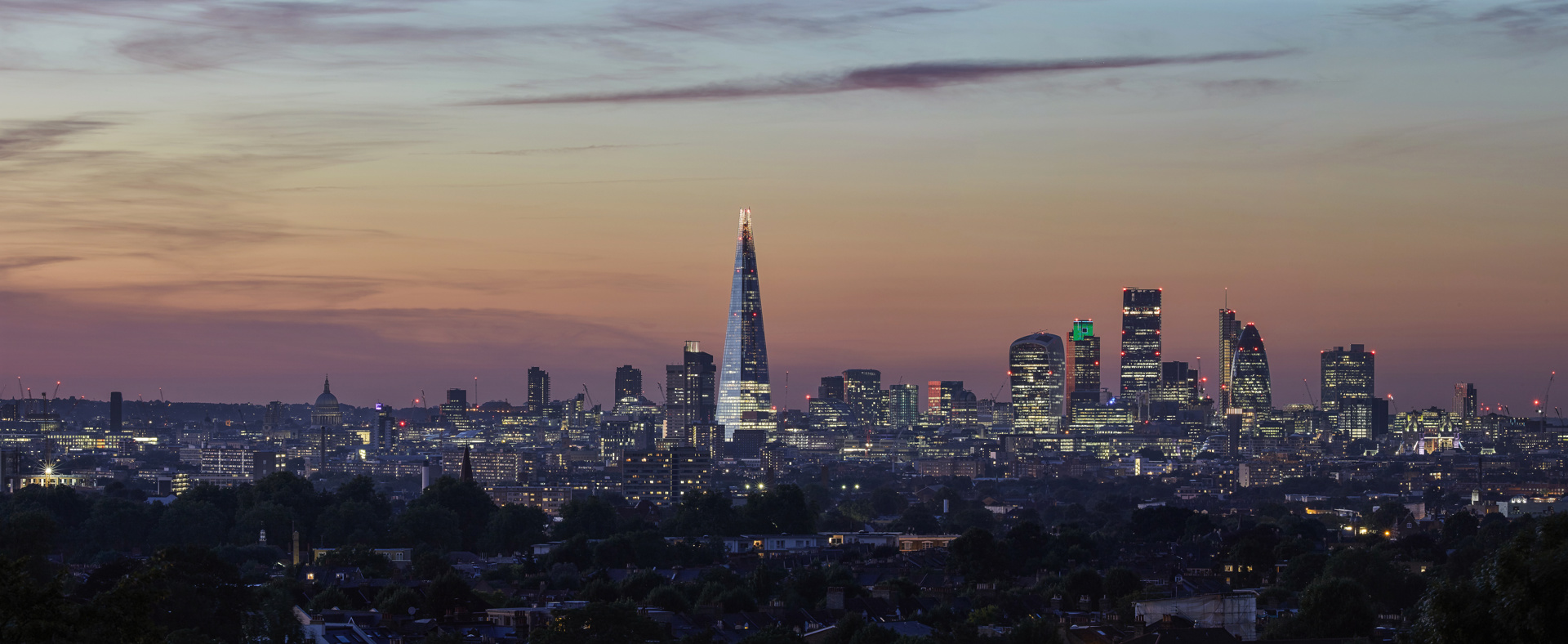Meet Professor Simon Howell, Director of Academic Estates Strategy for Health Campuses, King’s College London
12 August 2024
Meet the LocalsProfessor Simon Howell’s King’s College London (KCL) office is a stone staircase away from The Gordon Museum, a multi-tiered atrium lined with thousands of sliced, pickled and perfectly catalogued human body parts.
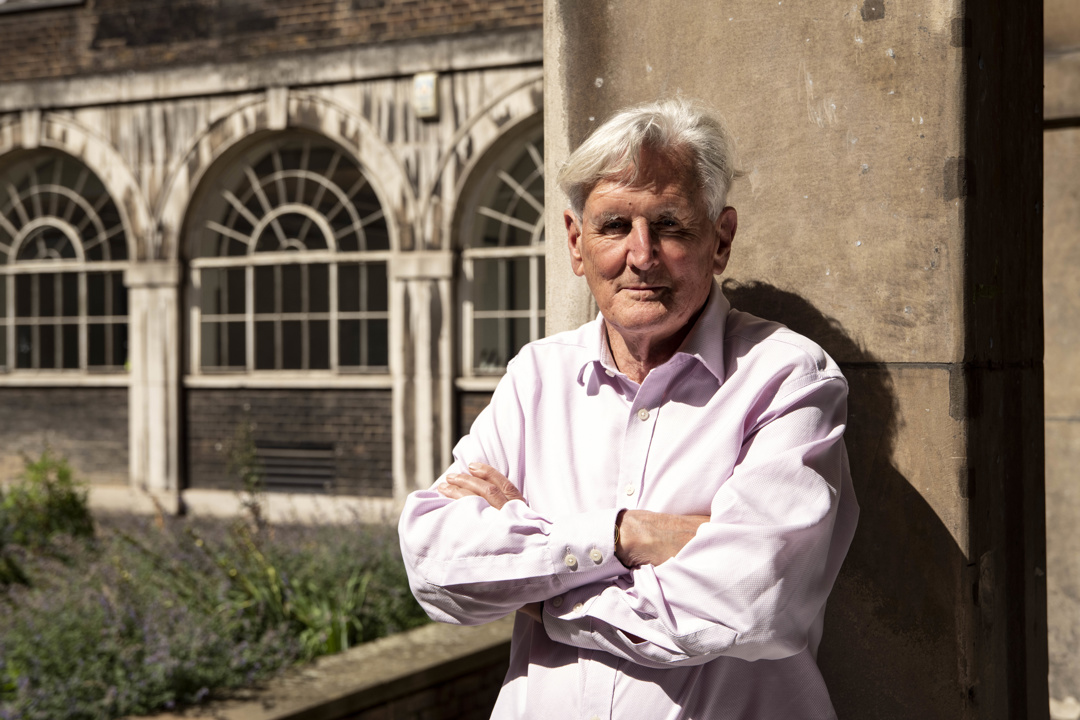
It is a peek into London Bridge’s rich history as a powerhouse of medical innovation, stemming from the foundation of St Thomas's Hospital in the 1100s.
Across multiple roles, Simon is a guardian of the area's medical legacy and a pioneer of a future that will deliver life-changing gene therapies.
Over twenty-five years, the awarded diabetes researcher turned dean turned estate strategist has spearheaded initiatives such as The Science Gallery – the UK's first museum dedicated to art and science – and New Hunt's House, home to state-of-the-art lecture theatres and a medical library.
As KCL Director of Academic Estates Strategy for Health Campuses, he is helping to position Guy's Campus (its London Bridge site) as a biomedical hub for SC1, the name of a new South London life sciences district.
It is modelled on projects such as the USA’s Boston Supercluster, which locates major companies, hospitals, and professional services within easy reach of Harvard and MIT.
The proximity of KCL and Guy's Hospital means clinical practice, academia and research are as intertwined as the molecules in the original Watson and Crick DNA model in the foyer of New Hunt's House.
"Our teachers are doctors, and research involves patients as well as laboratories. Meanwhile, students can finish a lecture and be working in Outpatients ten minutes later. Out-of-town university hospitals, like Oxford's John Radcliffe and Cambridge's Addenbrookes, don't have that," Simon says.
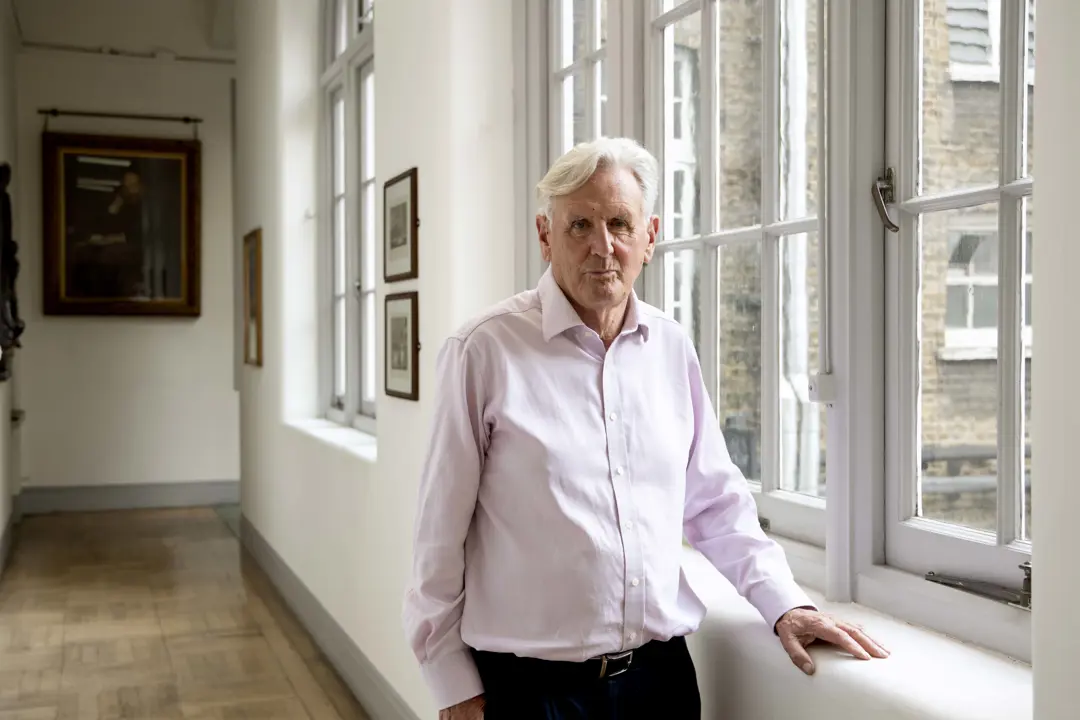
One disadvantage of KCL’s central London location is finding the physical space to attract large industry partners. To answer this, Simon is overseeing the development of derelict buildings in nearby Newcomen Street into laboratories and corporate space. These will enable Guy's to grow spin-outs, which are companies born of university research.
The stakes are high and so are the budgets – Simon is overseeing a £20 million build of cell and gene therapy clean room facilities at Guy’s. But the model yields results: UK spin-out Orchard Therapeutics recently gained approval from the US medical licencing authority for a gene therapy that aims to cure metachromatic leukodystrophy, a rare genetic brain and central nervous system disease. At $4.25 million, it is billed as the world's most expensive therapy.
Meanwhile, the 2019 KCL spin-out Quell Therapeutics last year entered into an $85 million collaboration with Astra Zeneca to focus on diabetes and inflammatory bowel disease.
Investment in facilities, such as the cell therapy rooms and new research space, aims to attract a big pharmaceutical company as a magnet for leading talent and other life-sciences companies.
“Our aim is to create a virtuous circle of people, infrastructure and results,” Simon says.
Over hundreds of years, innovation has shaped South London’s medical landscape. In 1862, the expansion of London Bridge Railway Station shunted St Thomas’s Hospital down the river to Westminster Bridge, leaving Guy’s Hospital to grow in its place.
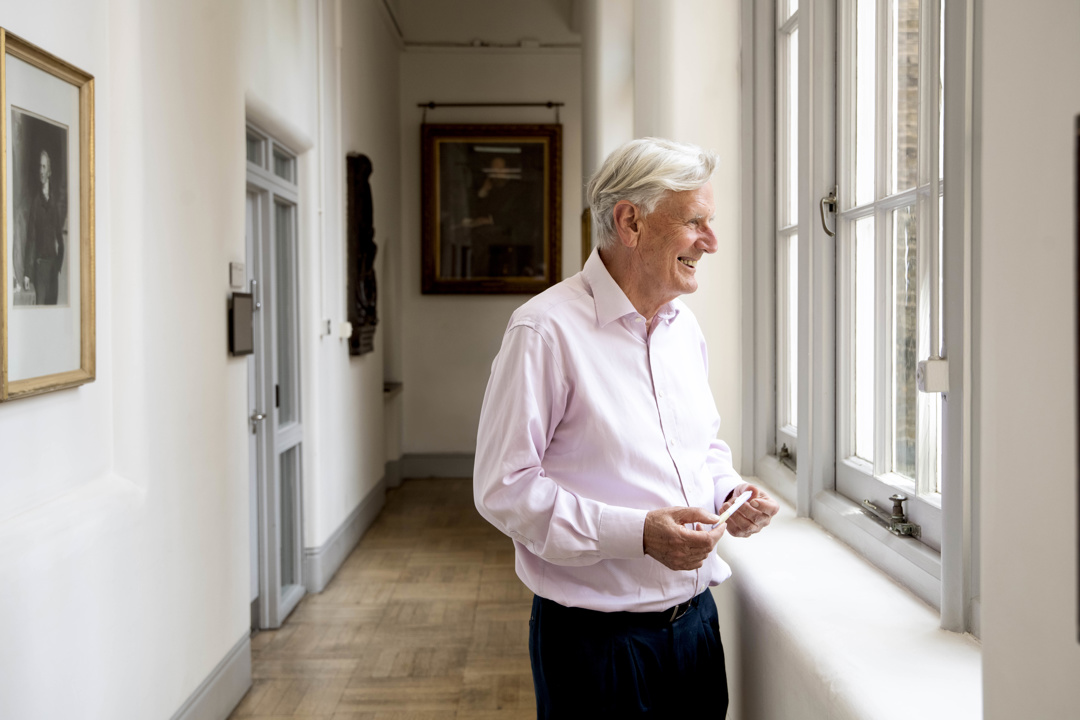
"Our teachers are doctors, and research involves patients as well as laboratories. Meanwhile, students can finish a lecture and be working in Outpatients ten minutes later. Out-of-town university hospitals, like Oxford's John Radcliffe and Cambridge's Addenbrookes, don't have that,"SIMON HOWELL
More recently, Simon has witnessed the construction of The Shard and the transformation of London Bridge Station.
“It’s for the better. They say that thirty years ago you wouldn’t dare go down Bermondsey Street at night; now it’s alive with restaurants and shops,” he says.
He is currently the chair of the business improvement district (BID) Team London Bridge, which on a relatively modest budget, promotes the area as a sustainable, cultural and compelling place for business and tourism. Every five years, members vote on whether to keep the BID – the last vote under Simon’s tenure was 96% in favour.
Though an advocate for innovation, Simon is a fierce protector of the past. For nine years, he chaired The Old Operating Theatre and Herb Garrison Museum, which is tucked away in the roof of an eighteenth-century church on St Thomas Street. For those who like the sound of the (sadly) private Gordon Museum, this is the next best thing.
He is also keen to show visitors Guy’s Chapel, a historic haven dedicated to the hospital’s founder, another gem unknown to the thousands of coffee-clutching commuters that pass its doors each day.
The Gordon Museum holds the original specimens that led scientists Richard Bright, Thomas Addison and Thomas Hodgkin to describe the medical conditions that bear their names. The trio join a host of surgeons and scientists whose plaques, statues and marble busts scatter Guy’s campus.
Each of their life-changing discoveries has been quietly supported by a locale that inspires and enables innovation. Simon’s work will ensure the often-unacknowledged impact of ‘place’ will continue to drive future breakthroughs.
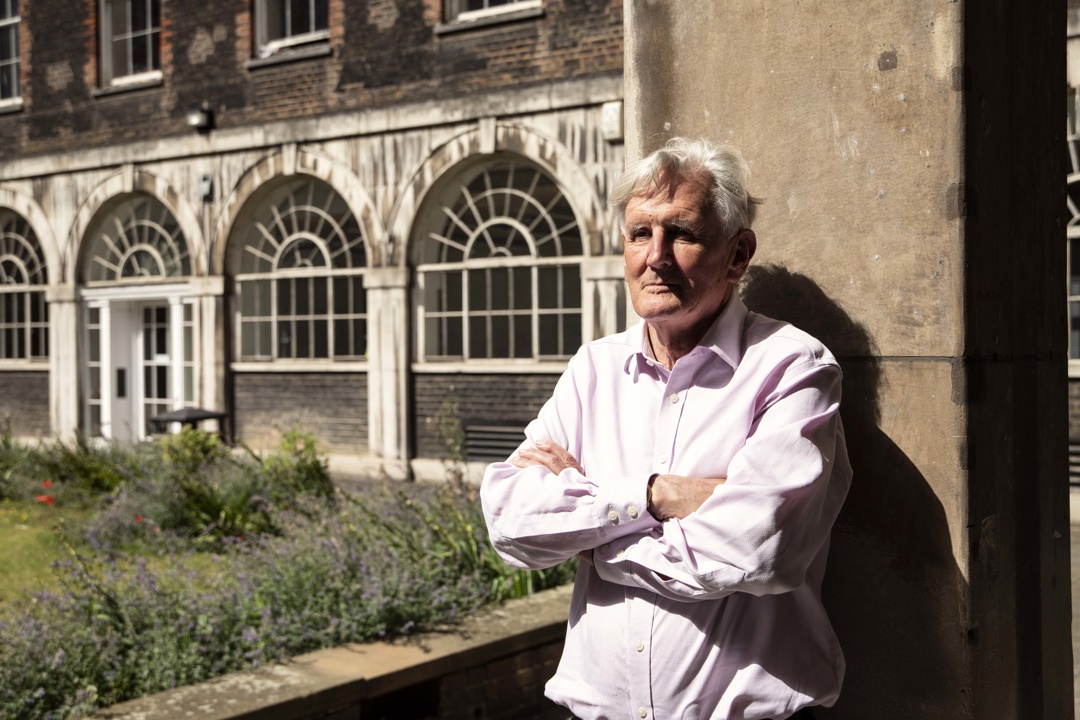
Explore the neighbourhood – Simon's guide
Snowsfields, London Bridge, SE1
There is an amazing row of independent shops tucked away in a road called Snowsfields, about a two-minute walk from Guy's campus. It includes Andanza (my favourite place for tapas), Petit Bleu (get there early for your lunchtime baguette) and the jeweller, Alex Monroe. In the same parade, there's Trivet (a two-star Michelin restaurant), a Japanese hairdresser, a tattoo provider and a shop specialising in aquarium design. There's not a single estate agent or chain shop!

